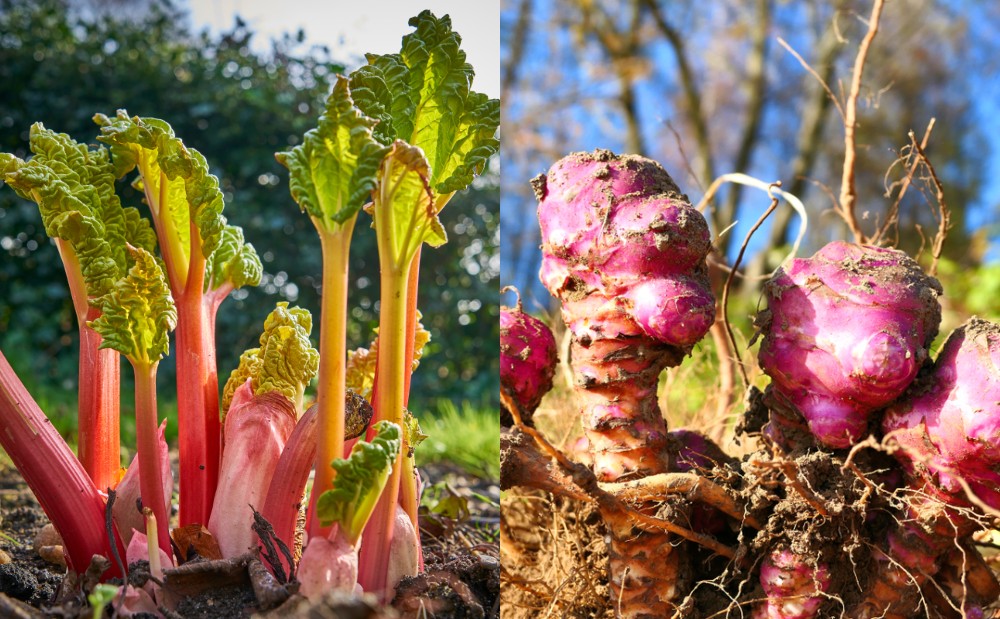Would you like to plant your fruit and vegetable garden once, and then not have to plant anything in it again for a decade? That is, in fact, achievable, if you only plant perennial vegetables and fruits in your garden.
But first, you need to know which plants are perennials. Today we’re going to walk you through a variety of fruits and vegetables which are considered perennials. Keep in mind; some perennials may have to be planted as annuals depending on which planting zone you live in.
Rhubarb – Rheum rhabarbarum
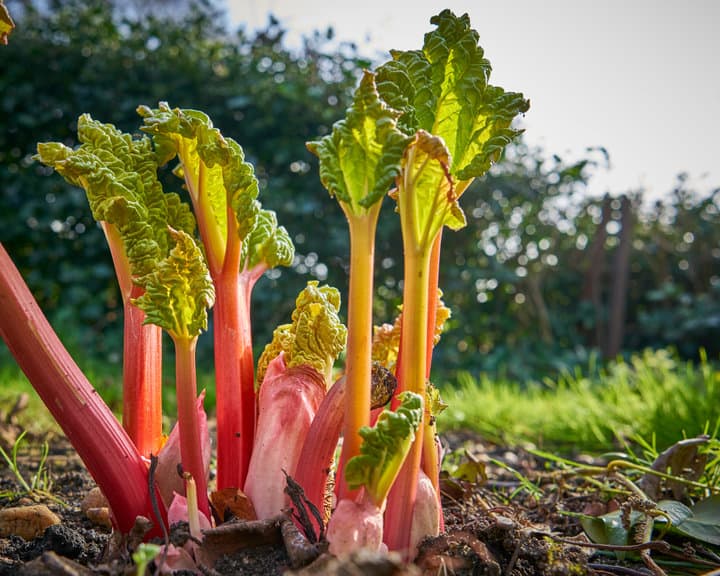
Though the temptation is hard to resist, you cannot harvest rhubarb in the first year, you must first wait for it to establish roots. You will have to wait and see how this plant will only get bigger and bigger as the seasons pass. It is said that a single rhubarb plant can last 20 years, before needing to be replaced. In the meantime, enjoy all you can of the tart stalks, being careful to stay clear of the leaves which are poisonous. Rhubarb pairs well with strawberries – which are also a perennial of the fruiting kind! Make sure to plant enough of both, to ensure tasty jams, jellies and sauces for years to come.
Sorrel – Rumex acetosa
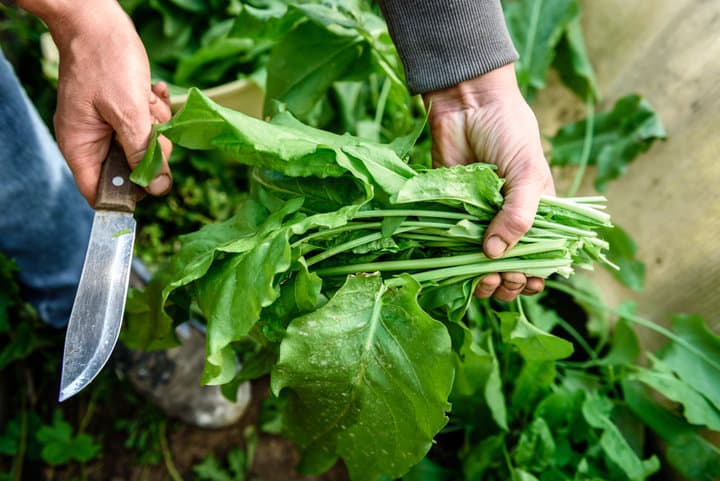
One of the earliest greens to emerge from the soil each spring, is sorrel. Call it tangy, zingy or lemony, sorrel has a unique flavor that takes some getting used to. And yet it provides many essential nutrients just as we are coming out of winter. Sorrel produces well until June, then it begins to flower. You’ll want to pick the leaves while they are young and tender for the finest sorrel sauce. Being that sorrel is not sold as supermarket produce, find some seeds and plant your own.
Chives – Allium schoenoprasum
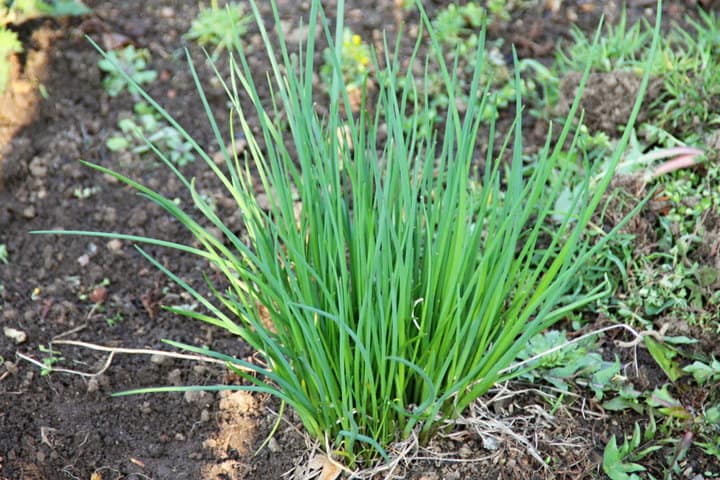
Chives are, however, sold at markets and stores. The question is: how fresh are they by the time they make it to your table? Isn’t it ultimately better to step outside, harvest a small bunch, chop them up and add them to salads and dips – all in a matter of minutes? You’ll be pleased to know that chives are very hardy. Such vigorous growers in fact, that they will need dividing every few years.
Asparagus – Asparagus officinalis
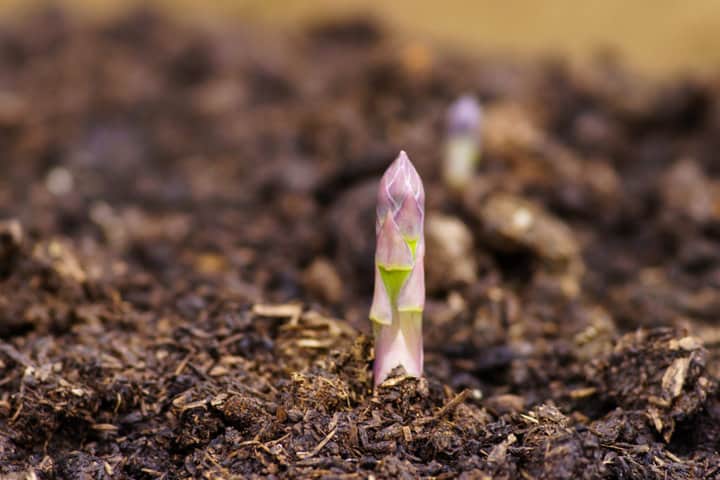
If you have extra space in your garden, asparagus will be happy to take it over. It grows both tall and wide, giving you a couple of decades’ worth of asparagus spears in exchange for your loving care. But it can be choosy about where it resides. They love sun and soil that drains well. Once they are planted, they are there to stay. Growing asparagus is not exactly for beginners, though if you eat it a lot, learning to grow it will become second nature.
Jerusalem artichoke – Helianthus tuberosus
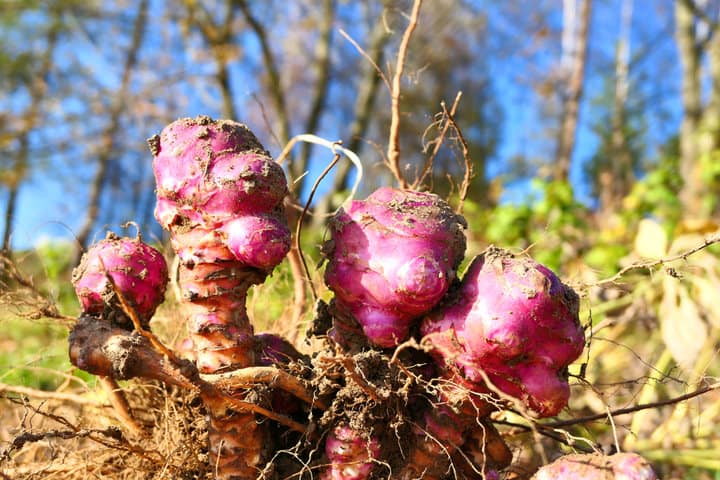
Once upon a time we had a patch of sunchokes, and they popped up reliably year after year. One summer we had three months without rain, and no water in the well to water our garden.
Globe artichoke – Cynara scolymus
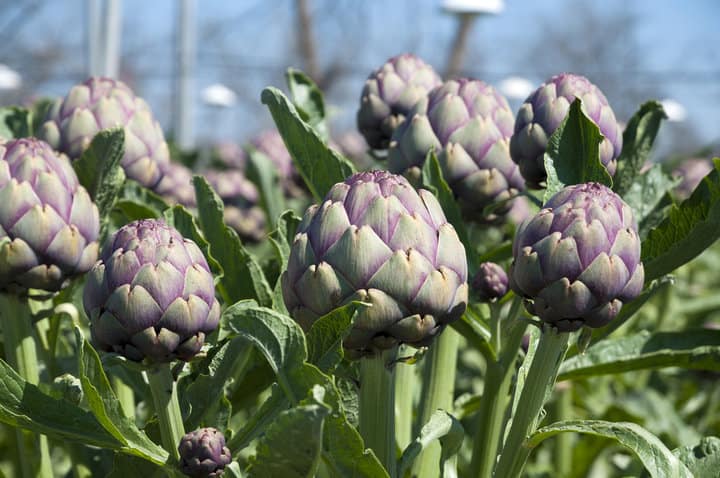
In terms of height, artichokes often come out on top – at about 5′ to be sure. It is beautiful from head to toe, and although it has a long growing season, the flavor is well worth the wait. Artichokes can be grown either as an annual or a perennial. In the latter case, they must be protected during the winter months.
Horseradish – Armoracia rusticana
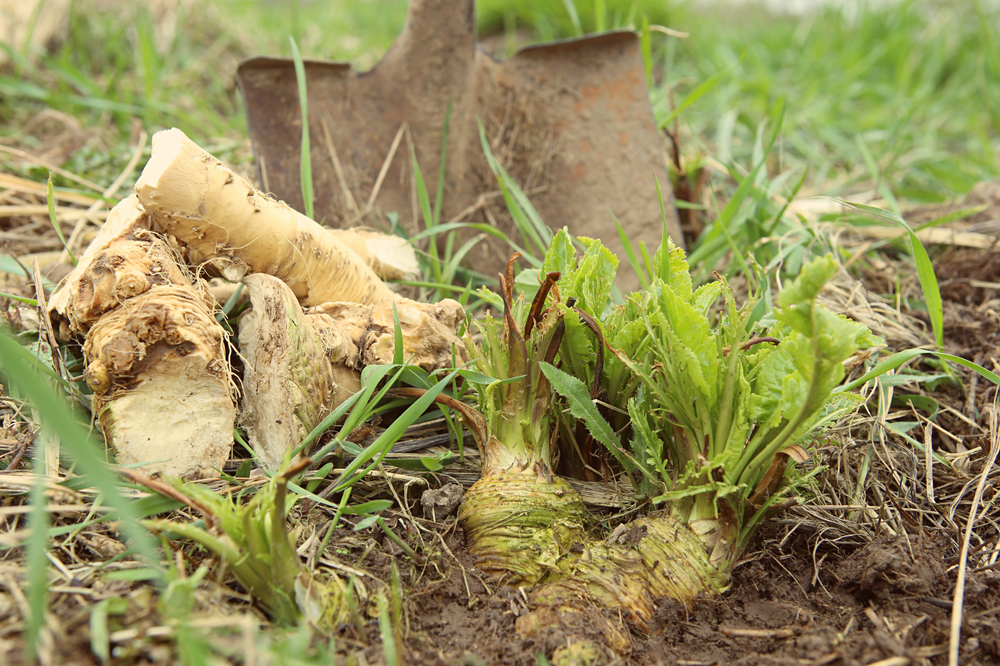
If you are looking to add some warmth to your winter meals, a little bit of grated horseradish goes a long way. The best way to get to that root, is to harvest it fresh, for as long as you can dig the soil. It is in the same Cruciferae family as broccoli, cabbages and Brussels sprouts, yet it is hardier than all three combined.
Watercress – Nasturtium officinale
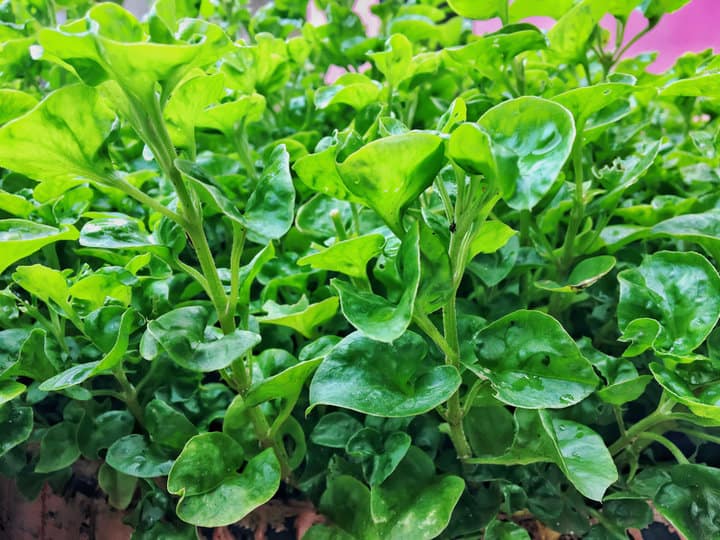
If you love slightly peppery leaves, similar to that of arugula/rocket, then you are going to adore watercress from your own backyard.
Garlic (typically grown as an annual) – Allium sativum
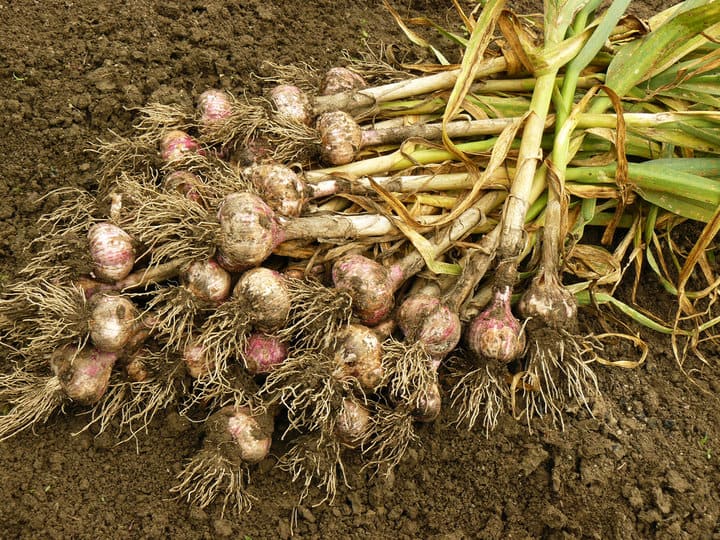
You already know the benefits of planting garlic in the fall, now you are about to find out that you can also keep it in the ground as a perennial. Leave the bulbs in the soil for a couple of seasons (assuming that you are not digging up the garden!) and let them multiply on their own. You’ll end up with a bunch of small bulbs, not entire heads, but with loads of garlic scapes to use up.
Radicchio (typically grown as an annual) – Cichorium intybus
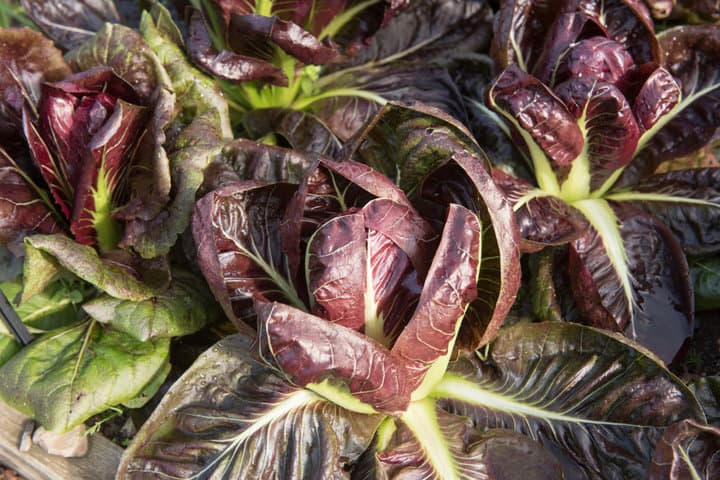
Red chicory, or radicchio, which looks like a small red cabbage, is a distinctive vegetable commonly eaten in Italy. However, the further one gets from Europe, the less it is recognized. Let’s give it the recognition it deserves, and say that it is not only frost tolerant, it is a superb addition to your diet, for it is the bitterness which makes it extremely healthy.
Three cornered leek – Allium triquetrum
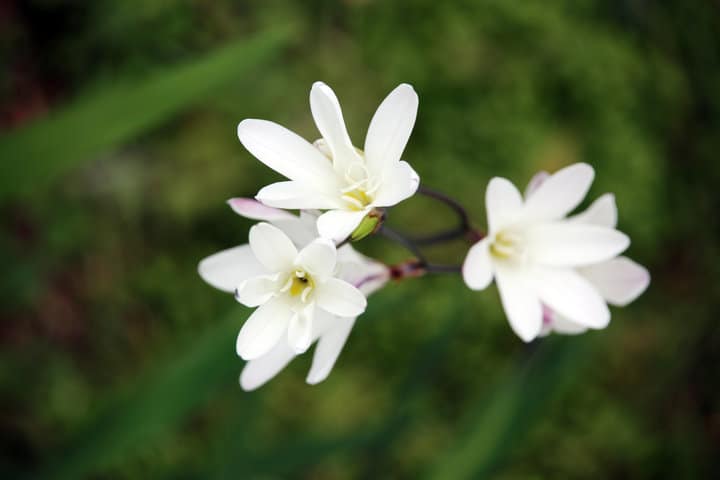
While it may be an exotic, native to the Mediterranean, three cornered leeks are a forager’s dream. Just like with ramsons, you can transplant some bulbs to your garden, and know exactly where to “hunt” in April and May when they begin to flower. Leaves can also be harvested in late autumn when other crops begin to wane.
Goji Berries
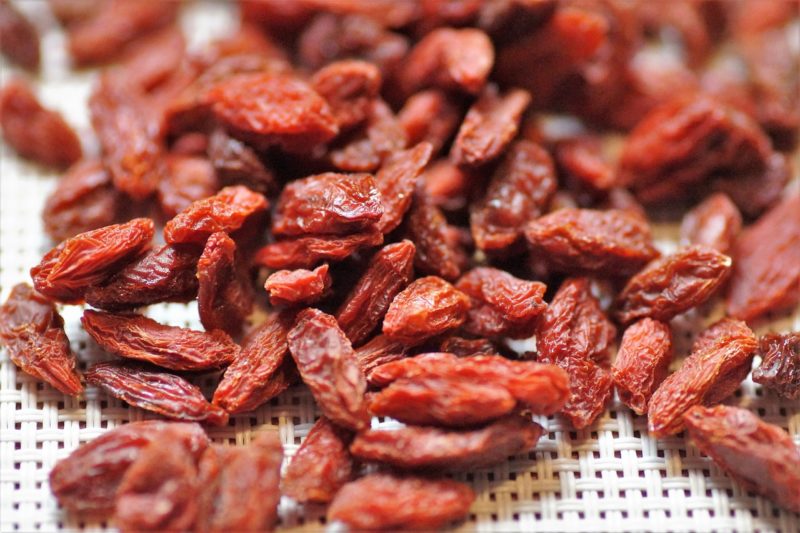
Goji berries are native to East Asia but became popular in the west because of its health benefits. They can be used to make wine, dried and eaten as a snack, cooked with, or eaten raw. Goji berries can be grown as perennials in zones 3-10.
Egyptian Walking Onions
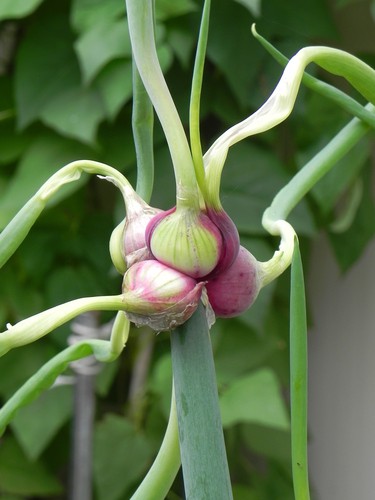
Story time. In my early gardening days, my husband met a woman through his job who was a seasoned gardener. She sent him home one day with Egyptian walking onions, which I had never heard of. These onions are perennials. They grow upward until they fall over and plant a new seed next to them. Once you plant one, you’ll end up with a whole bunch of onions which are delicious and interesting to see grow.

